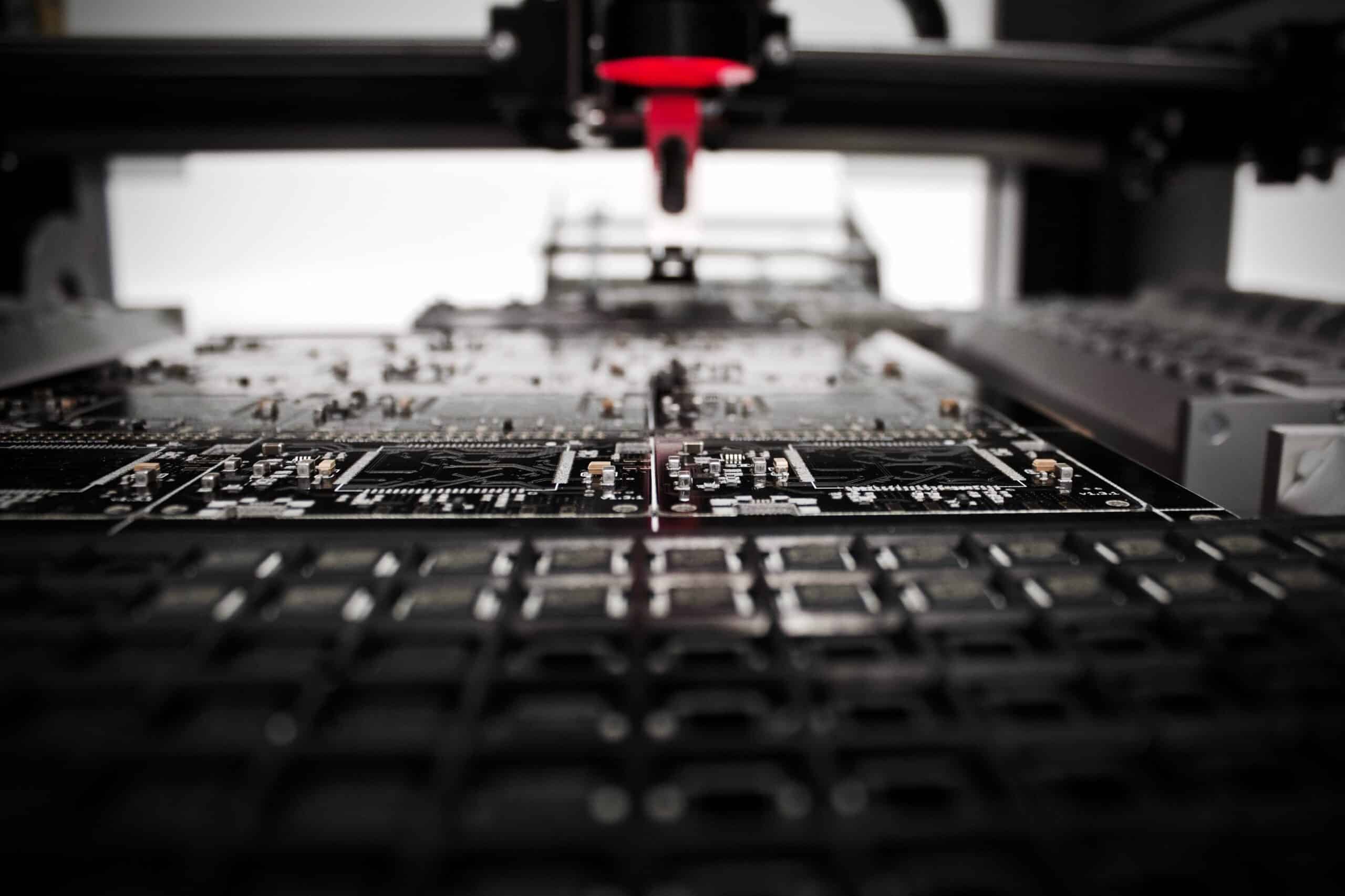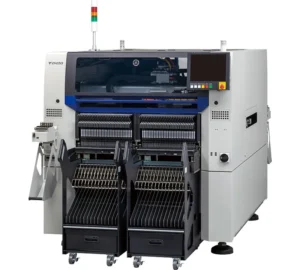Some of our audience may not be familiar with the term “cellular manufacturing,” but Niche embraces
this production method – and it yields big advantages for our customers.
Cellular manufacturing, which Niche employs for every product, organizes workstations and processes
into self-contained units, or “cells,” with each responsible for distinct aspect of production. The payoff:
this approach optimizes workflow, reduces lead times, and boosts quality control.
One way to think of cellular manufacturing is like a finely tuned orchestra. Each section plays a
completely different sound, but when combined, those sounds result in a symphony. At Niche, we
create specialized work cells to create a seamless and efficient production process. The benefits:
Enhanced Efficiency and Productivity: Cellular manufacturing optimizes workflow, reducing
unnecessary movement and wait times, which leads to faster production cycles and increased output.
Reduced Lead Times and Inventory Levels: By streamlining operations within each cell, cellular
manufacturing minimizes the need for large inventories, resulting in shorter lead times and lower
carrying costs.
Improved Quality Control: Specialized cells lead to highly skilled workers and a more controlled
environment, resulting in higher quality outputs and reduced defects, ultimately saving costs from
reduced rework and returns.
At Niche, we place significant emphasis on establishing and honing the processes that drive efficiency.
Cellular manufacturing is a vital example of how a well-defined process can deliver concrete value.






